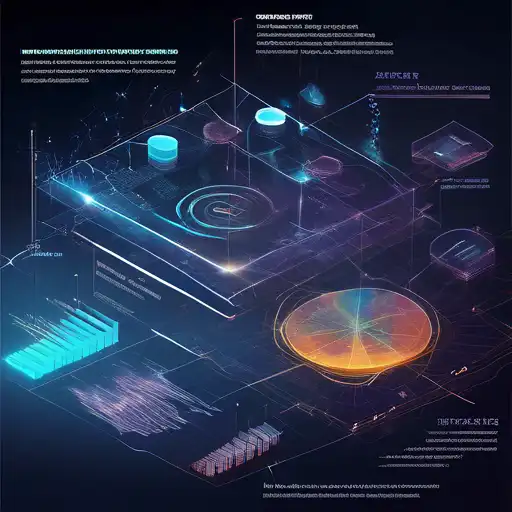Introduction to Data Visualization
In the era of big data, the ability to visualize complex datasets in an understandable and actionable manner is invaluable. Data visualization techniques transform raw data into visual contexts, such as charts, graphs, and maps, making it easier to identify patterns, trends, and outliers. This article explores effective data visualization techniques that can help businesses and individuals gain better insights from their data.
Why Data Visualization Matters
Data visualization is not just about making data look attractive; it's about making data accessible and comprehensible. By leveraging visual elements, stakeholders can grasp difficult concepts or identify new patterns quickly. This is crucial in decision-making processes where time and accuracy are of the essence.
Key Data Visualization Techniques
1. Bar Charts and Column Charts
Bar and column charts are among the most common data visualization techniques. They are ideal for comparing quantities across different categories. For instance, a business might use a bar chart to compare monthly sales across different regions.
2. Line Graphs
Line graphs are perfect for showing trends over time. They connect individual data points with lines, making it easy to see increases, decreases, and other patterns. A line graph could, for example, illustrate a company's revenue growth over several years.
3. Pie Charts
Pie charts are useful for showing proportions within a whole. They are best used when you have a limited number of categories and want to highlight how each contributes to the total. For example, a pie chart could display the market share of different competitors in an industry.
4. Scatter Plots
Scatter plots are excellent for identifying relationships between two variables. They can reveal correlations, trends, and outliers, making them invaluable for statistical analysis and predictive modeling.
5. Heat Maps
Heat maps use color coding to represent data values, making them effective for visualizing complex data sets like website traffic or user behavior. They can quickly show where the highest and lowest values are concentrated.
Advanced Data Visualization Tools
Several tools can help you create sophisticated visualizations without needing extensive programming knowledge. Tools like Tableau, Power BI, and Google Data Studio offer drag-and-drop interfaces and a wide range of visualization options. For those with coding skills, libraries like D3.js and Matplotlib provide even greater flexibility.
Best Practices for Effective Data Visualization
To maximize the impact of your data visualizations, consider the following best practices:
- Know your audience and tailor your visualizations to their needs and understanding.
- Choose the right type of visualization for your data and the story you want to tell.
- Use colors and labels effectively to enhance readability and comprehension.
- Avoid clutter and focus on simplicity to ensure your message is clear.
Conclusion
Data visualization is a powerful tool for uncovering insights that might otherwise remain hidden in raw data. By mastering various visualization techniques and tools, you can present data in a way that is both informative and engaging. Whether you're a business analyst, marketer, or data scientist, effective data visualization can help you make better decisions and communicate your findings more effectively.
For more insights into analytics and data visualization, explore our analytics tools section.
